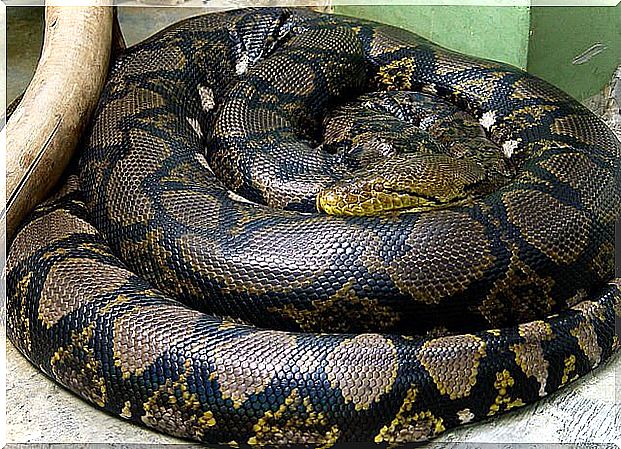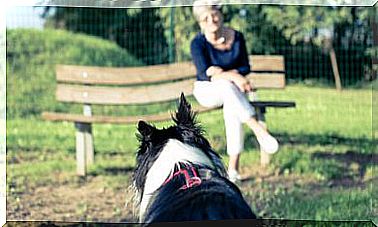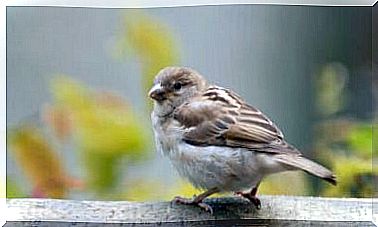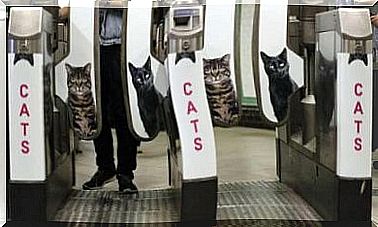How To Feed A Pet Snake?

In relation to its habitat, the species to which it belongs, the type and size, obviously the diet of a snake can vary a lot. Different speech if we talk about the family of colubrids, snakes that can measure from 100 to 200 cm with large eyes, large head and detached from the neck.
In this case, simple rodents will be more than enough. To help you choose the best possible food for a pet snake , we have summarized a series of useful tips and information in this post.
Rodents – the basis of the diet for a snake
Rodents are the favorite food of this scaly reptile species. When living in captivity, snakes love to hunt mice, rabbits and guinea pigs.
Other times they chase lizards, geckos, chameleons, small birds and some species even practice cannibalism.

We can define the snake as a fundamentally carnivorous animal, although there are omnivorous species.
The penchant for rodents has to do with how they hunt them and the characteristics of its body.
As for the nutritional values of this meal, everything will basically depend on the diet that each rodent has had, until just before being caught.
In addition, the fact that snakes can eat and digest the whole animal allows them to make the most of each substance.
How should you feed a snake?
In general, owners of this pet buy frozen rodents. In this sense, the correct thing is to wait for the mouse or hamster to thaw naturally.
Obviously, you cannot freeze them yourself and it is not recommended to artificially heat them.
A golden rule is to always feed the animal outside the terrarium. The fact is, if you put food inside with your hand, the snake may feel threatened and attack you without warning.
Those who already have a pet snake know that this reptile needs to be fed once a week, in general terms.
The rest and digestion of the animal are slow processes, although they can vary slightly depending on the species.
Rodents: better that they are already dead
Even if we are talking about infallible hunters, it is appropriate to accustom the animal to eat already dead prey. The goal is to prevent the rodent from injuring the reptile in the middle of the fight.
Over time, you will get used to this facilitated meal and, as an owner, you will avoid possible injuries to the eyes, head and body.
It should be noted that if a snake rejects a particular specimen, it is best not to insist. It may even be contaminated or toxic.
How to feed your pet snake?
There is a basic principle governing the feeding of the pet snake: the smaller it is, the more often it eats. When they are younger, their metabolism is faster and the size of the prey they can swallow should be smaller.
If you get one already in adulthood, well in this caste the specimen is considered a large animal.
For example, when the reptile is newborn or up to 90cm long, you should feed it one or two mice a week.
When its size is around 180 cm it is advisable to provide the same prey every 7-10 days.
In the event that your snake exceeds 180 cm in length, we recommend that you feed it one or two rabbits, every ten days or more.
The more food you give it, the faster and more uncontrolled its growth will be.

Snakes don’t just eat mice
As we have said before, mice are the basis of the diet of domestic snakes. But, obviously, it is not the only food they can ingest.
A little while ago, we talked about rabbits in relation to the diet for very large snakes.
But there are other combinations you can try. For example, make a fish dish along with some benign insects, such as larvae.
It should be noted that some snake species eat eggs or even other small reptiles, such as frogs.
It is a good idea to ask for advice from a specialized veterinarian who will surely be able to give you further advice on the matter, avoiding the risk of causing problems to the animal’s digestive system.
The importance of rest in the feeding of snakes
The process of rest and hibernation is what allows this animal to swallow and digest a whole prey, without chewing it.
Therefore, you should always respect these forced breaks, avoiding stimulating or disturbing your pet.
The first three days are essential for digestion and, during this period, it is best not to interact with the animal, leaving it at ease in the terrarium.
Otherwise, the activity could cause vomiting and the entire expulsion of food. Another aspect to consider is that many species perform digestion at night.
Promoting the digestive cycles of these exotic animals raised in captivity is vital for their development and well-being.
You should always keep in mind that respecting these behaviors, which are highly specific, is necessary to ensure the best possible life for your pet snake.









